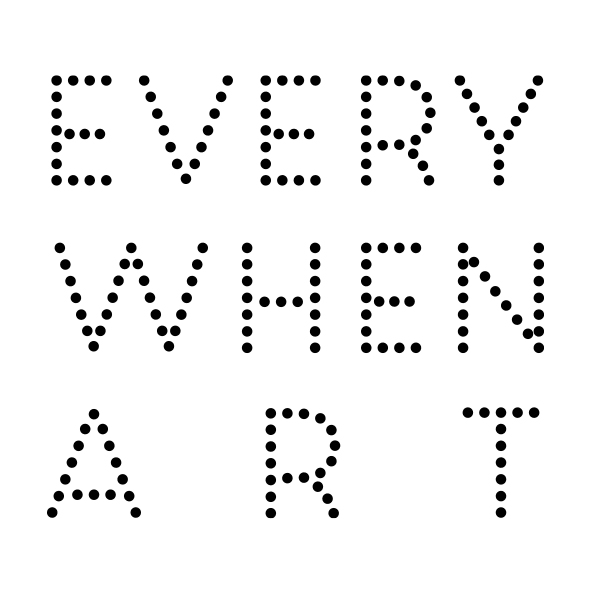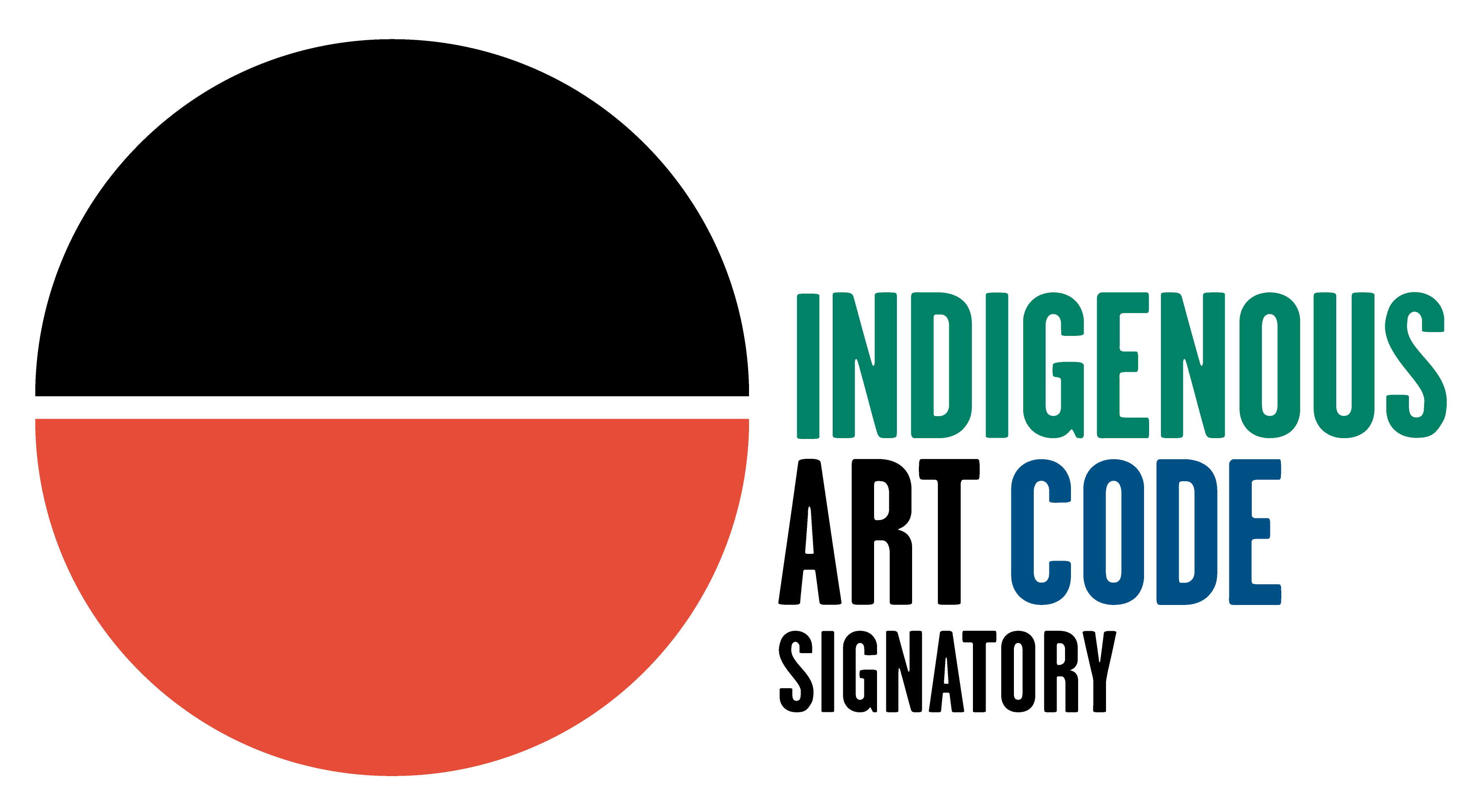Eileen Yaritja Stevens Pitjantjatjara, 1/10/1915-19/2/2008
Wanampi Tjukurpa, 2007
acrylic on canvas
131 x 110 cm
51 5/8 x 43 1/4 in
51 5/8 x 43 1/4 in
MMC2670
$ 4,900.00
This is the Wanampi Tjukurpa (water snake men dreaming) for Nyapari. This place is called Piltati. The two wanampi’s were sitting inside the cave painting sacred symbols on the walls...
This is the Wanampi Tjukurpa (water snake men dreaming) for Nyapari. This place is called Piltati. The two wanampi’s were sitting inside the cave painting sacred symbols on the walls by fire light.
"Two sisters, Wanjinta and Alartjatjarra, went out each day to dig for mai and kuka (bush foods and meat). The men sat inside the cave painting sacred designs on the walls or making spears or having inma (sacred singing and dancing). Each day the women returned with the food. One day the sisters decided to eat the food themselves. The brothers were really angry at the women for eating all the food and said 'We might turn ourselves into spirit birds and trick the two sisters'. They talked about their idea for a long time and finally agreed to turn into wanampi (giant water serpents).
The next day when the sisters went out digging for kuka they saw the mark of a large kuniya (carpet snake) and got really happy thinking they would have a big feed. They were digging here, at that snake hole, digging and digging deep, but after lots of hard work they only dug up a little snake. They dug many holes looking for that big feed, but that wanampi was too clever for them. They dug deeper and deeper for many days trying to get to what they thought was a really big kuniya. The big sister's wana (digging stick) cut into the side of one of the brothers. The two brothers came out of the hole and ate the two sisters."
This work was painted by Eileen in front of Susan McCulloch and Emily McCulloch Childs at Nyapari, home of Tjungu Palya Arts, in 2007 when they were doing research for their book, Contemporary Aboriginal Art. Eileen told the story to them as she painted, illustrating the figures and landscape elements, such as the cave.
"Two sisters, Wanjinta and Alartjatjarra, went out each day to dig for mai and kuka (bush foods and meat). The men sat inside the cave painting sacred designs on the walls or making spears or having inma (sacred singing and dancing). Each day the women returned with the food. One day the sisters decided to eat the food themselves. The brothers were really angry at the women for eating all the food and said 'We might turn ourselves into spirit birds and trick the two sisters'. They talked about their idea for a long time and finally agreed to turn into wanampi (giant water serpents).
The next day when the sisters went out digging for kuka they saw the mark of a large kuniya (carpet snake) and got really happy thinking they would have a big feed. They were digging here, at that snake hole, digging and digging deep, but after lots of hard work they only dug up a little snake. They dug many holes looking for that big feed, but that wanampi was too clever for them. They dug deeper and deeper for many days trying to get to what they thought was a really big kuniya. The big sister's wana (digging stick) cut into the side of one of the brothers. The two brothers came out of the hole and ate the two sisters."
This work was painted by Eileen in front of Susan McCulloch and Emily McCulloch Childs at Nyapari, home of Tjungu Palya Arts, in 2007 when they were doing research for their book, Contemporary Aboriginal Art. Eileen told the story to them as she painted, illustrating the figures and landscape elements, such as the cave.
SIGN UP TO OUR MAILING LIST FOR ALL THE NEWS
* denotes required fields
We will process the personal data you have supplied in accordance with our privacy policy (available on request). You can unsubscribe or change your preferences at any time by clicking the link in our emails.


